In this picture there is also a purely technical professionalism, and a subtle sense of rhythm and style. For all its secondary nature, “it undoubtedly occupies one of the most
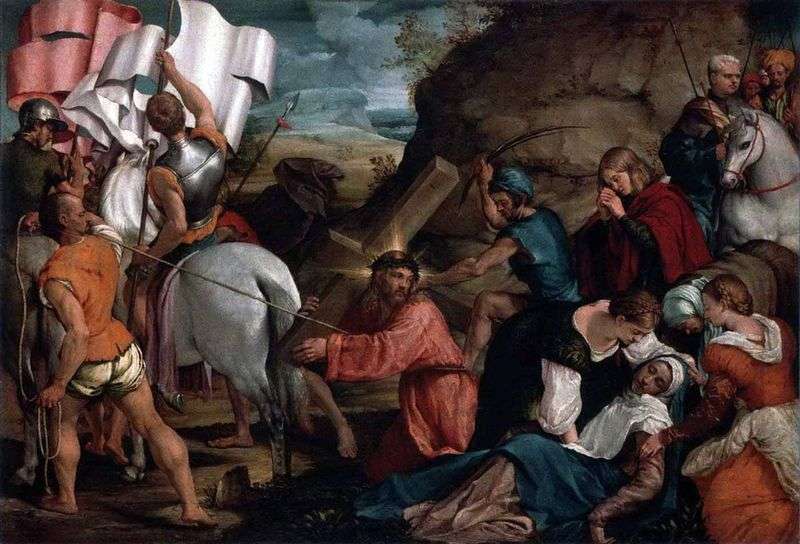

In this picture there is also a purely technical professionalism, and a subtle sense of rhythm and style. For all its secondary nature, “it undoubtedly occupies one of the most

The portrait presented here refers to the late period of Bassano’s work. Until the 1570s he turned to the genre of the portrait extremely rarely, and generally treated him more
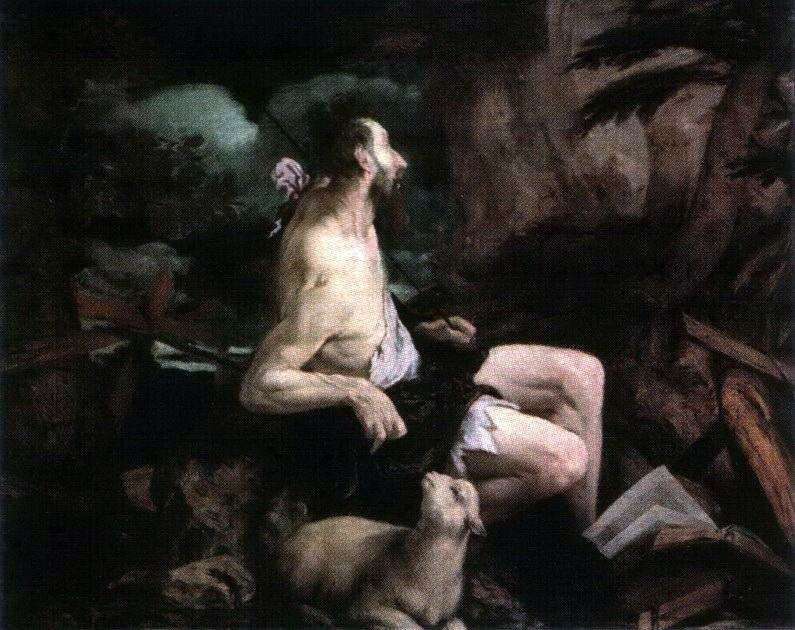
Peak “manneristic searches of Bassano most modern art historians consider the canvas John the Baptist in the desert,” 1558. Thus, Dzampetti, a prominent researcher of Bassano’s creativity, saw in him
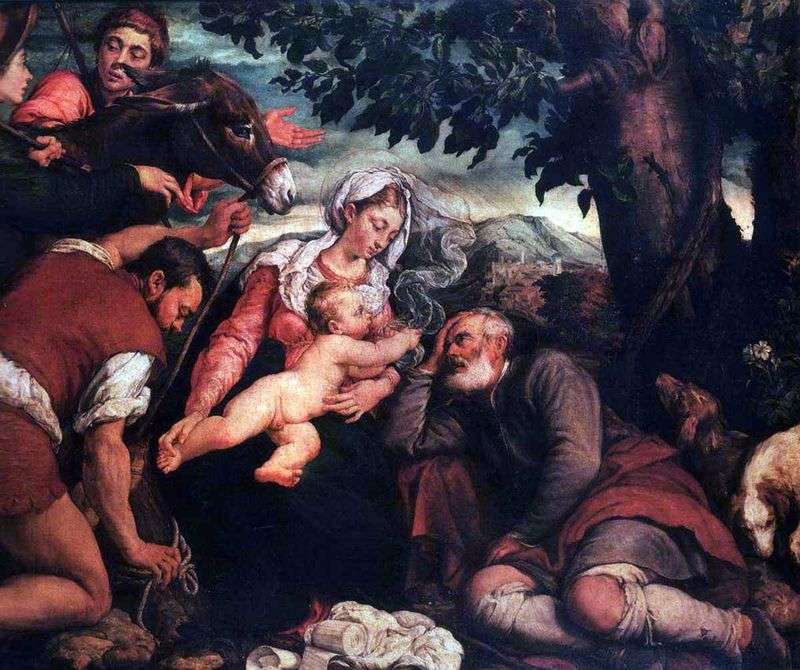
Rest on the way to Egypt is accepted to date the beginning of the second half of the 1540s. This picture is distinguished by the nobility and exquisite simplicity of

The execution of this work is so realistic that some researchers proposed to redirect its authorship to one of the masters of the XVII century. But the realism of this
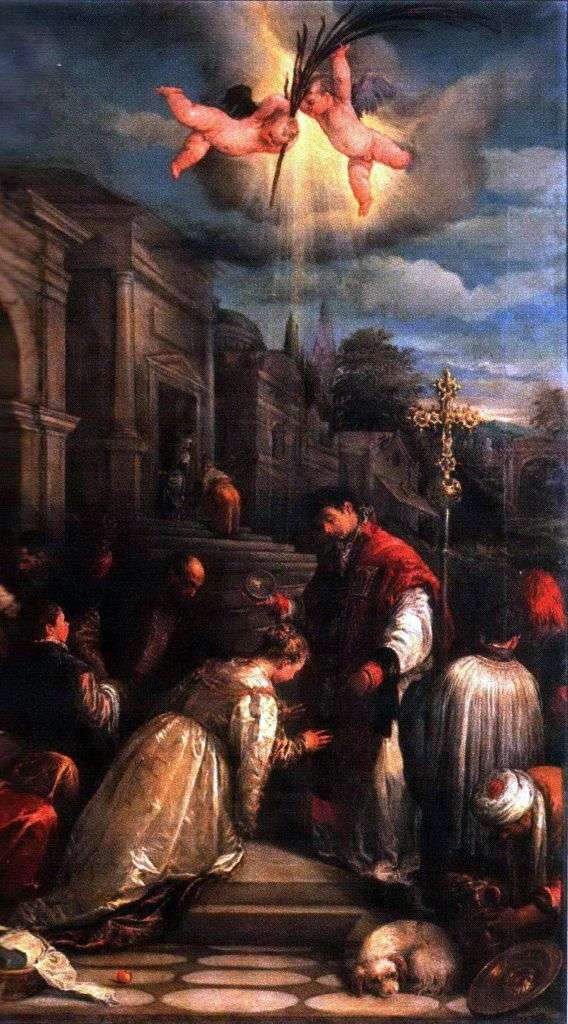
Later, Bassano’s canvas, painted in bright colors, is distinguished by an accentuated play of light. A wide palette of cool, glowing tones creates the effect of a light-filled space.
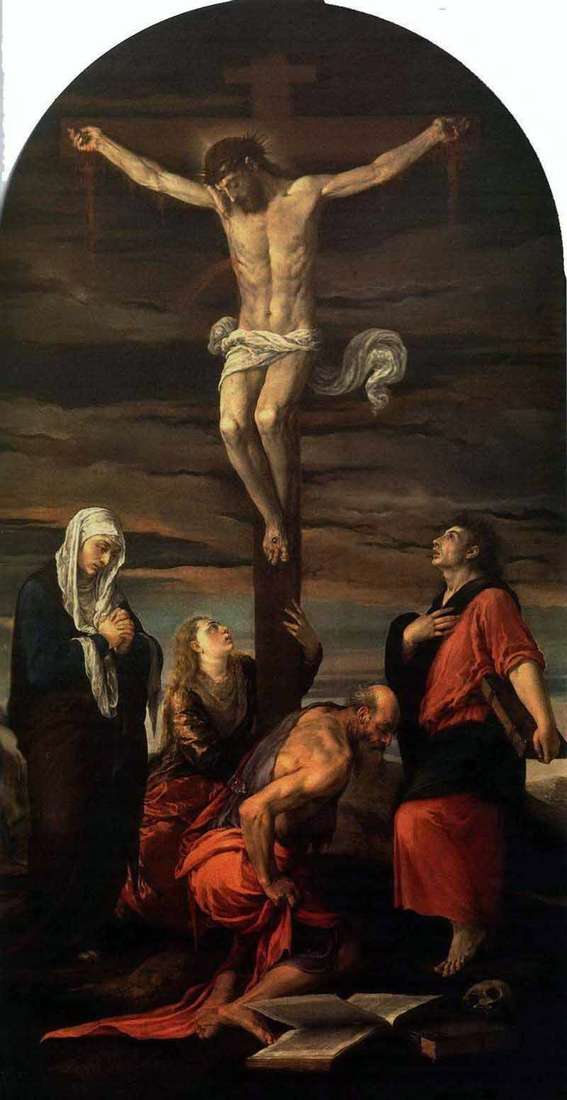
In the late 1550’s, Bassano leaves the Mannerist experiences and returns to the Renaissance, broad and expressive, manner of writing. Judging by the works of the early 1560s, the return

Rural scenes – this is perhaps the most original part of the creative heritage of Bassano. They are undoubtedly connected with the pastoral tendency “that began in the Venetian school
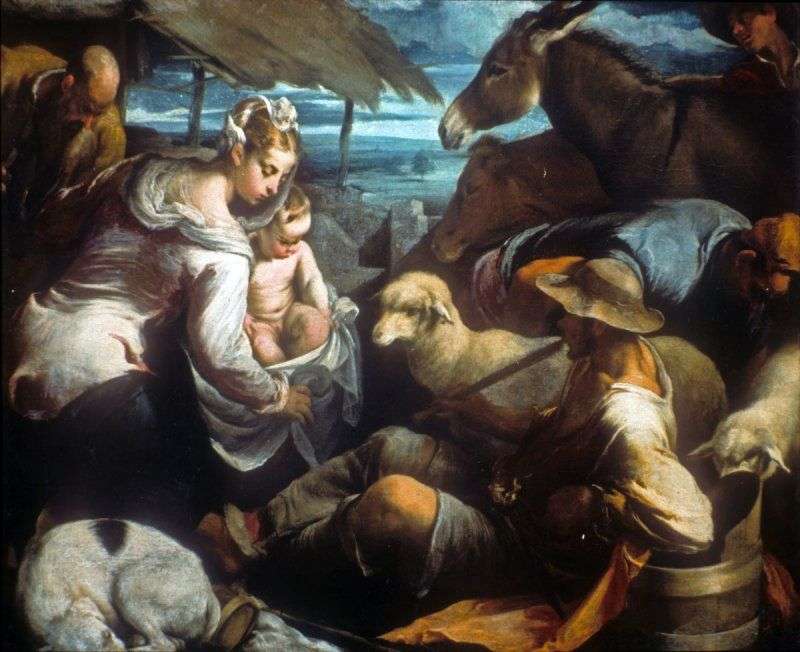
The works of Jacopo Bassano, whose painting belongs to the Venetian school, are colorful, multi-figured and filled with movement. In them there are features of Mannerism and noticeably the baroque

Apparently, during the life of the artist, this picture enjoyed almost the most popularity, than his rural scenes, – we have reached a huge number of repetitions of this composition.

The portrait presented here refers to the late period of Bassano’s work. Until the 1570s he turned to the genre of the portrait extremely rarely, and generally treated him more
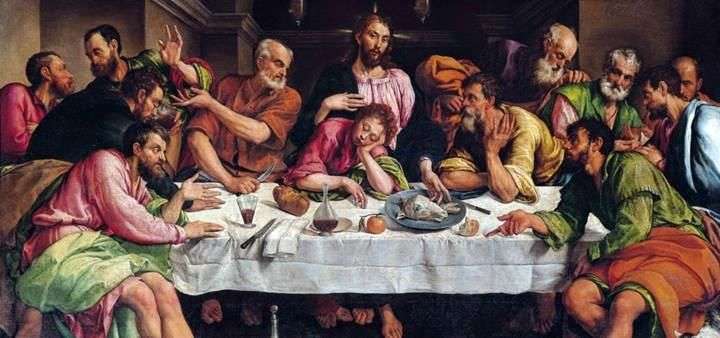
In the small space of the picture are inscribed the figures of the apostles and Christ. Poses, gestures, expressions of people speak of the strong excitement of the apostles. Bassano
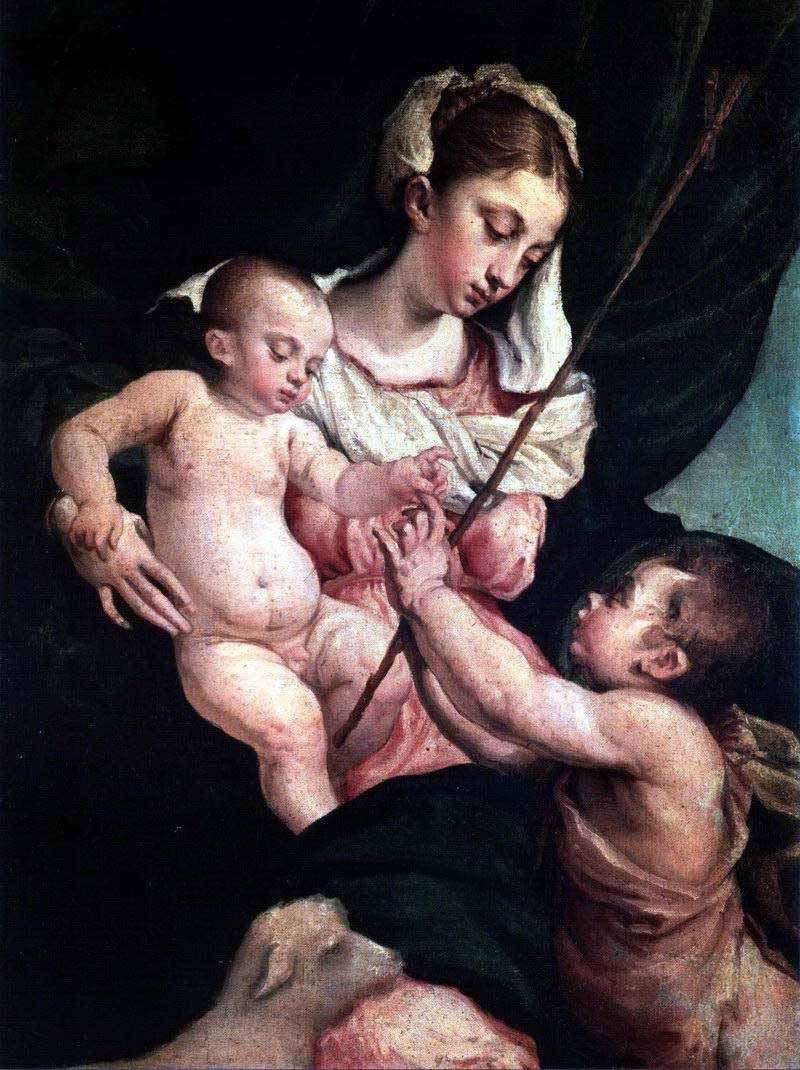
This exquisitely Mannerist painting was painted by the artist, apparently in the first half of the 1540s, shortly after his return to Bassano. His masterful treatment of color deserves special

This work, commissioned by the Church of San Girolamo in Bassano, is the most revealing for Jacopo da Ponte in the early 1540s. At first glance, it may seem that
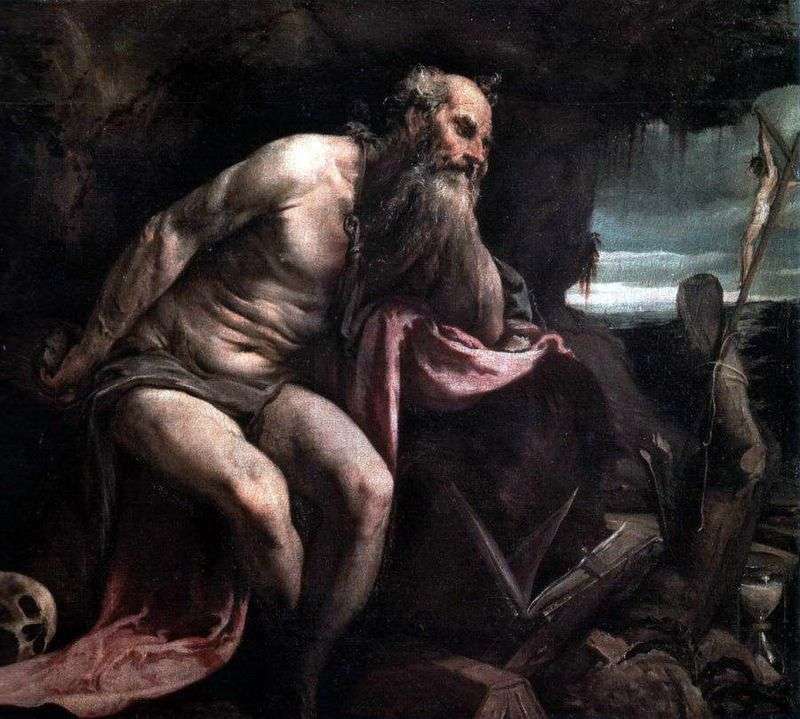
Jacopo da Ponte, nicknamed for the city, in which, with the exception of his young years, when he studied in Venice, spent his whole life, was nevertheless popular in Serenissima.
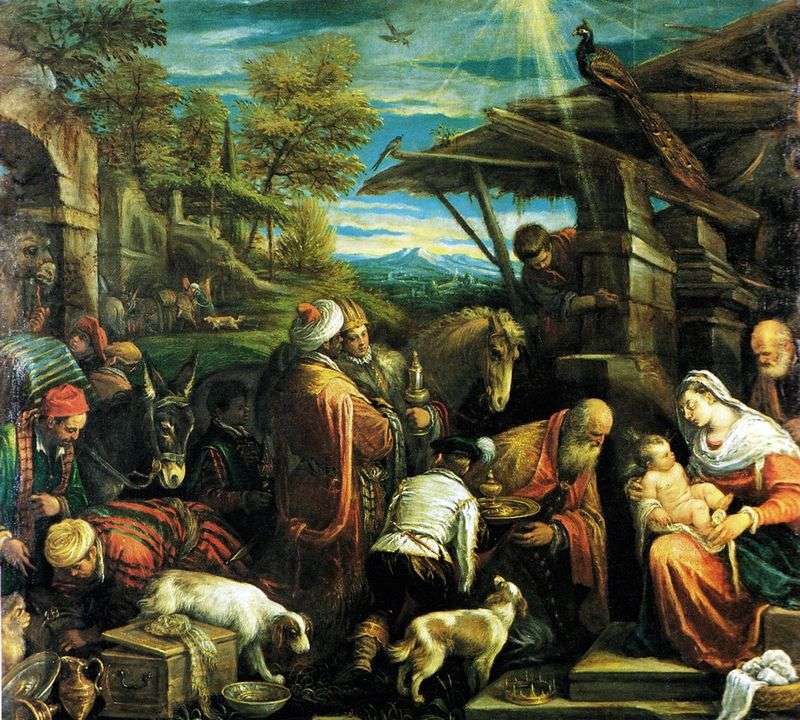
Creativity Jacopo Bassano continues the tradition of the direction of Venetian painting, which is marked by high festivity. This line was developed by Gentile Bellini, Vittore Carpaccio, Titian and Paolo
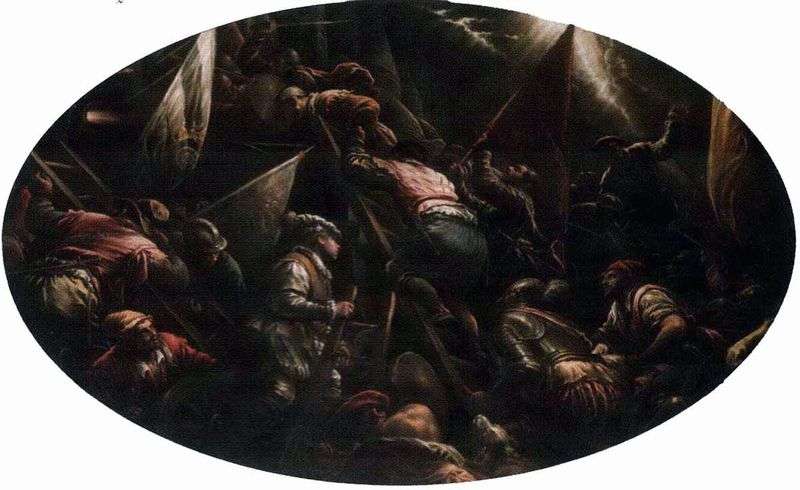
Bassano workshop The heyday of the Bassano workshop dates back to the 1570s. At this time, out of it came out a myriad of rural scenes for biblical and allegorical
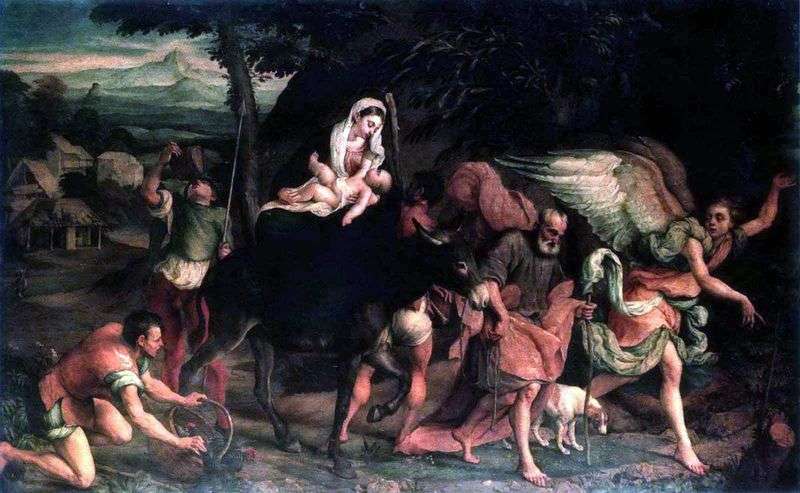
In Flight to Egypt “the mannerist motifs sound, perhaps even more distinctly, than the Madonna and the Child and John the Baptist.” Particularly in Parmigian’s way, the images of the

As for Mannerism in development, “it can be seen in the execution of John the Baptist”, created around 1550. Here Bassano most consistently professes “an irrational, subjective vision of the

The heyday of the Bassano workshop dates back to the 1570s. At this time, out of it came out a myriad of rural scenes for biblical and allegorical stories, and